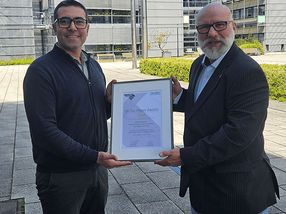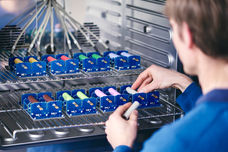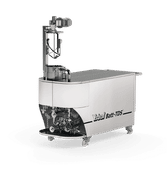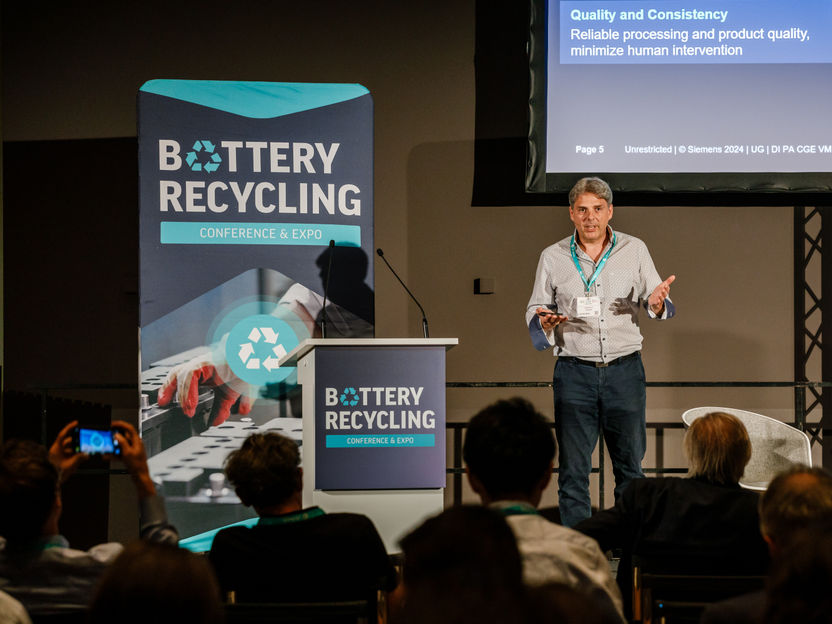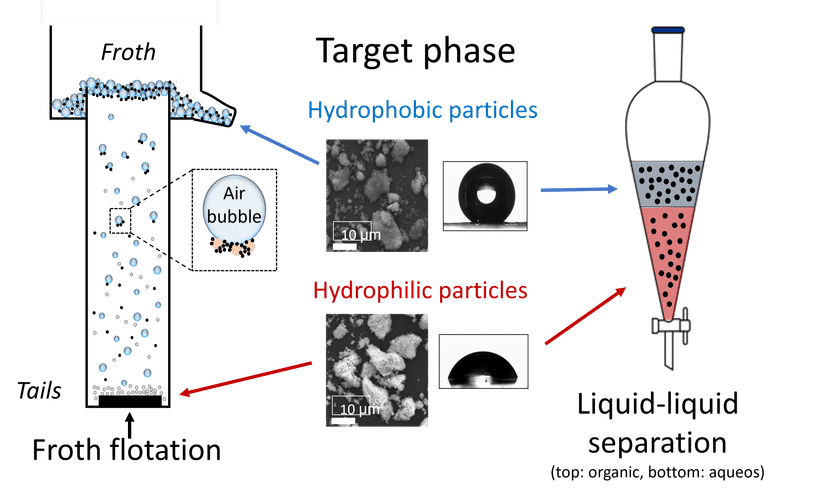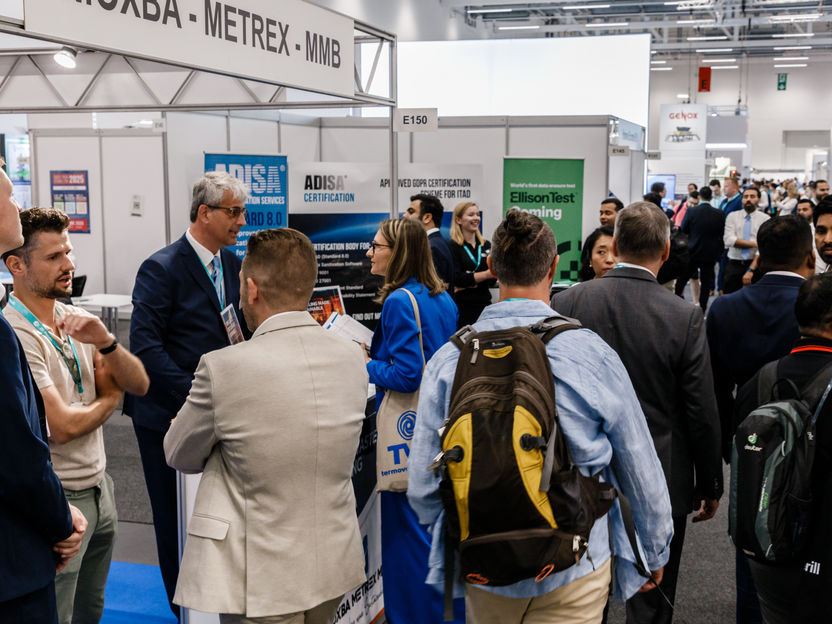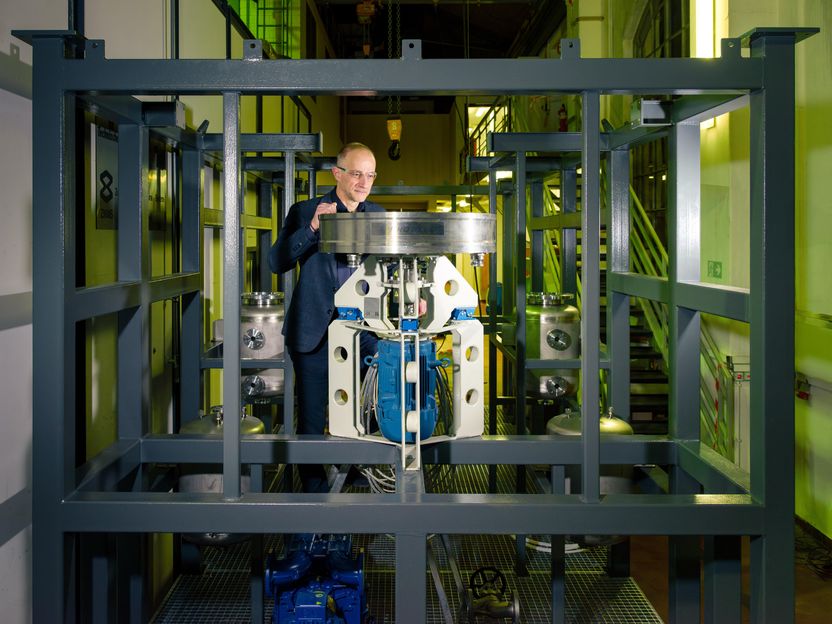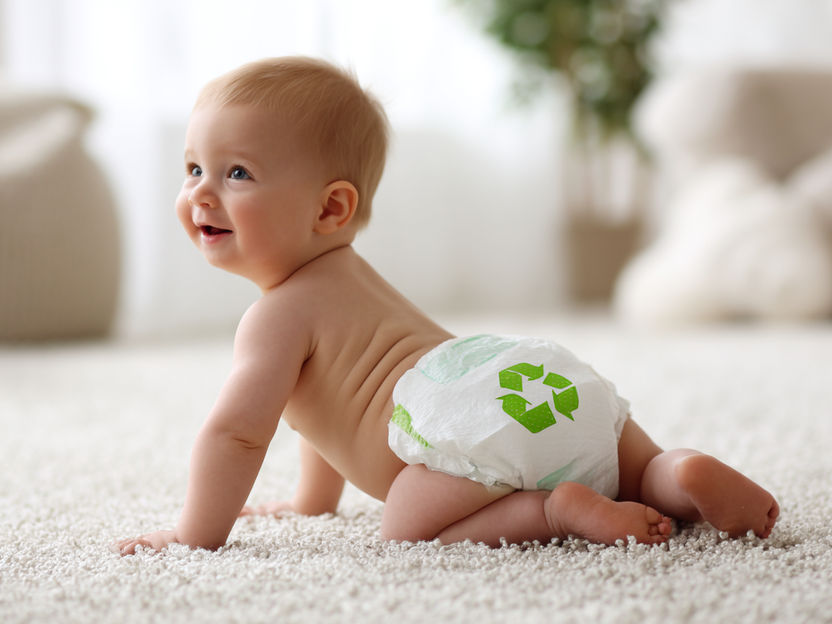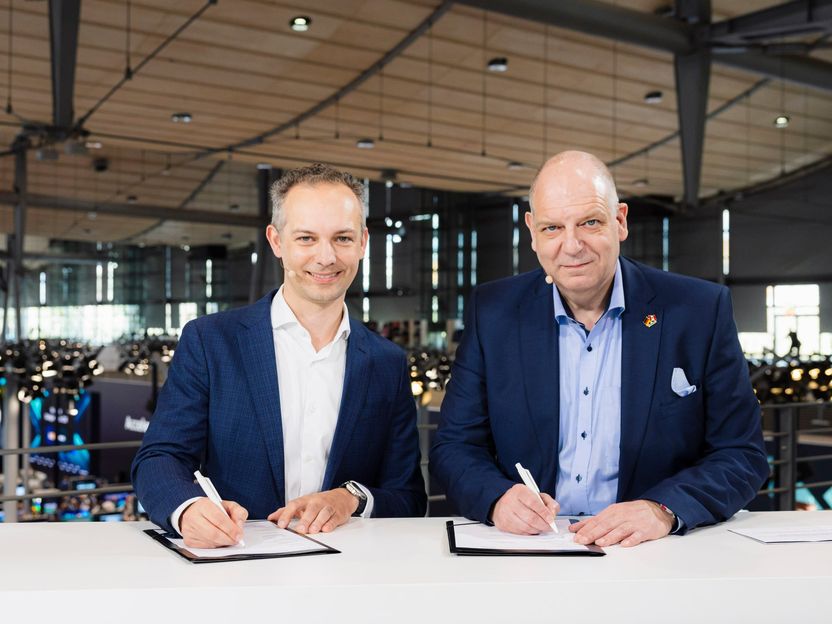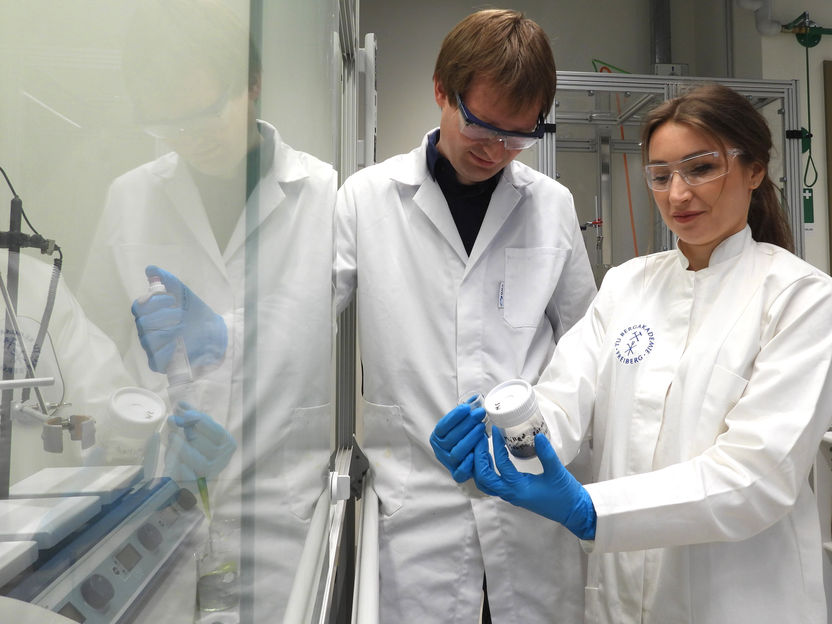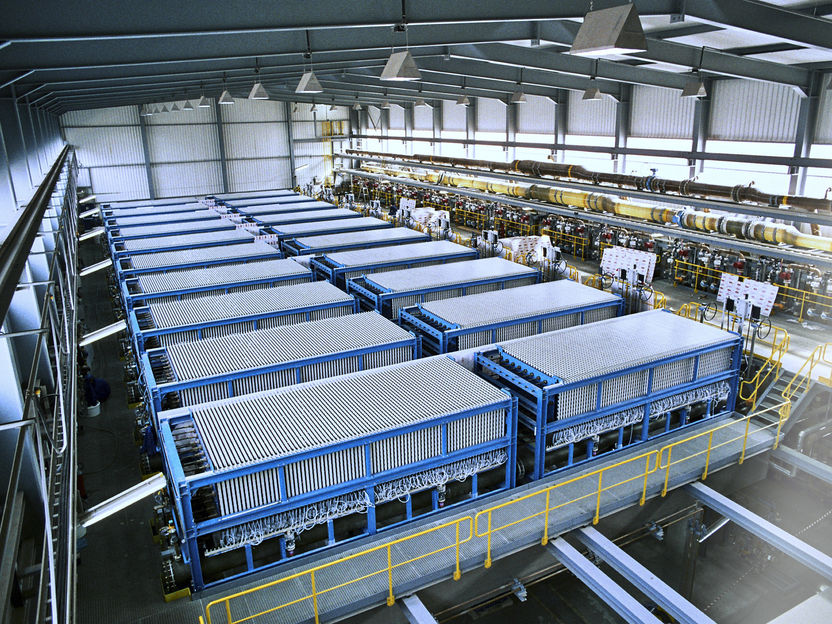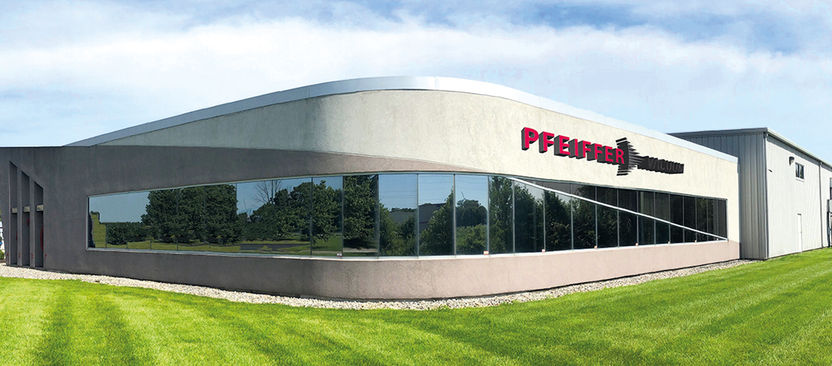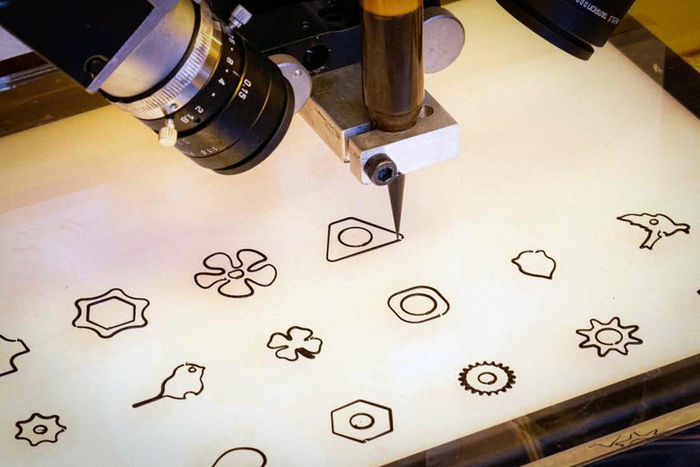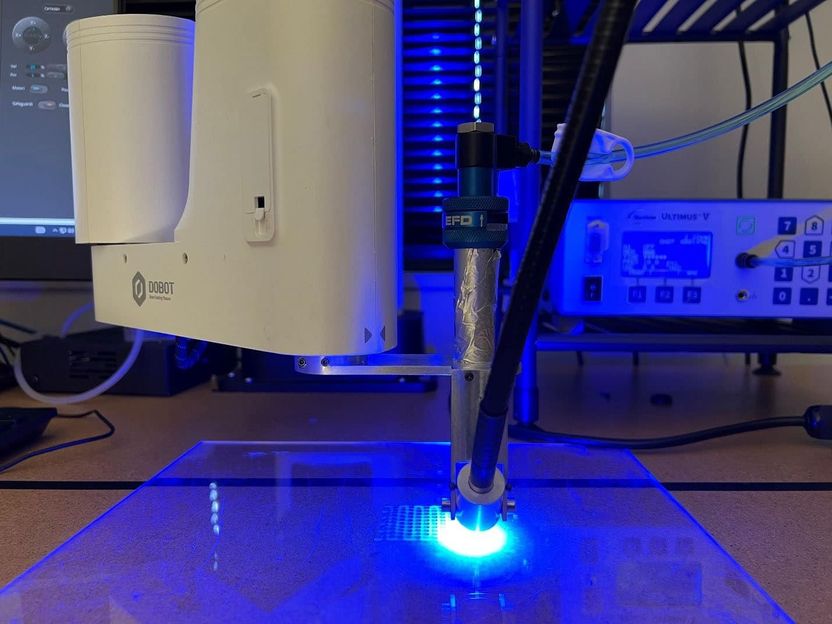Sensor-Based Waste Sorting Reduces Number of Battery Fires in Recycling Plants
An increasing number of electronic waste are not being properly disposed of but are often discarded together with plastic waste, for example. If the batteries in these products are damaged, they can cause fires at sorting plants. In the DangerSort project, researchers at the Fraunhofer Institute for Integrated Circuits IIS are using a sensor-based sorting system to remove hazardous items and make recycling plants safer.
According to a study by the German association BDE Bundesverband der Deutschen Entsorgungs-, Wasser- und Kreislaufwirtschaft e. V., more than 10,000 fires occur annually in German waste sorting plants. Around 80 percent of these fires are caused by lithium-ion batteries. Common in smartphones, electric toothbrushes or singing greeting cards, these batteries are often disposed of together with packaging waste. They can be damaged and catch fire, particularly during the recycling process in sorting plants. The damage caused by this is estimated at around one billion euros a year.
Using X-ray technology to isolate hazardous batteries at an early stage
The DangerSort project aims to reduce the risk of fire in sorting plants. »We are developing a sensor-based sorting system that uses X-ray technology and artificial intelligence to detect hazardous lithium-ion batteries and separate them from the rest of the waste stream at an early stage«, explains Johannes Leisner, head of the Sorting and
Laboratory Systems group at the Development Center X-ray Technology at Fraunhofer IIS. So far, there have been no preventive measures against fires caused by batteries, only solutions to combat them, such as improved fire extinguishing systems. The sensor-based technology could also make it easier to recycle batteries, closing their product cycle, Leisner says.
A prototype system set up at Fraunhofer IIS demonstrates the potential of the idea. A high-speed conveyor belt in the X-ray sorting system at Fraunhofer IIS, which moves at speeds up to three meters per second, transports the waste stream. An X-ray source above the conveyor belt operates like an airport luggage scanner and screens the material stream. This technology can also identify batteries installed in appliances or concealed by other waste. An X-ray detector mounted below the conveyor belt takes images at the speed of the conveyor, resulting in a continuous series of radiographs.
This series of images is then evaluated: »To do this, we are applying an AI system that is designed for particularly rapid image processing and is normally used in autonomous driving applications«, Leisner says. »We have adapted and retrained it so that it can also analyze radiographs to specifically detect electrical appliances that contain lithium-ion batteries.«
Sorting is initiated based on the data collected. This information enables the control of special compressed air valves that separate hazardous electrical appliances from the waste stream. Air nozzles measuring around five millimeters remove them from the belt and convey them into a separate chamber. The right timing between evaluating the radiograph and starting the nozzles is crucial for this process.
»It is difficult to detect and isolate different battery sizes during the separation process, as these can range from ten-kilo e-bike batteries to button batteries«, Leisner says.
The sorting system is currently still undergoing tests at Fraunhofer IIS. The plant is scheduled to be delivered to waste disposal company LOBBE in early June for the first practical tests. The project, which is funded by the German Federal Ministry of Education and Research (BMBF), will run until the end of August 2025.
The prototype system is being developed as part of the AI Application Hub on Plastic Packaging. A total of 51 partners from industry, research and society are working closely together in the KIOptiPack and K3I-Cycling laboratories. Their goal is to advance the application of AI methods for a resource-efficient circular economy approach to plastic packaging in Germany.
Other news from the department science
These products might interest you
Most read news
More news from our other portals
See the theme worlds for related content
Topic World Battery Technology
The topic world Battery Technology combines relevant knowledge in a unique way. Here you will find everything about suppliers and their products, webinars, white papers, catalogs and brochures.

Topic World Battery Technology
The topic world Battery Technology combines relevant knowledge in a unique way. Here you will find everything about suppliers and their products, webinars, white papers, catalogs and brochures.


















